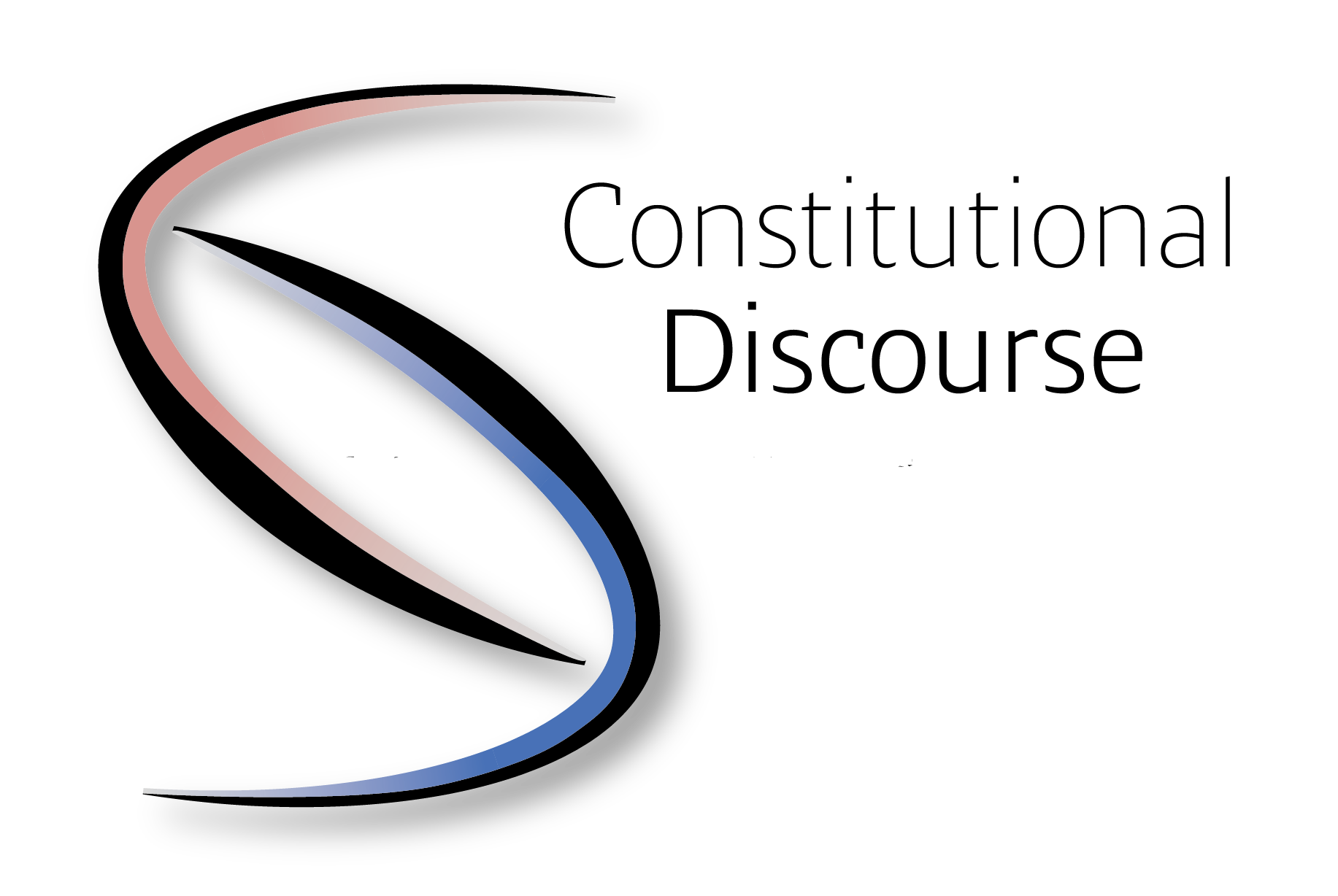János Tamás PAPP: Pluralism in the Online Space: Can the State Force You to Be More Informed?
Understanding the complexities of the media landscape is absolutely necessary in this day and age when information is everywhere and can be obtained quickly at the tip of our fingers. One of these ideas that deserves consideration is the idea of pluralism in the media. At its most fundamental level, media pluralism refers to the wide variety of media sources and voices that are made available to, and are within reach of the general public. It ensures that various societal groups, whether they are based on ethnicity, ideology, or interest, have a platform to express their views and that no voice or perspective becomes overwhelmingly dominant. These goals can be accomplished by ensuring that there are multiple platforms.
Pluralism in the media serves as a hedge against the formation of potential media monopolies, which occur when a single organization or a small group of organizations control the entirety of the information flow. When such monopolies are allowed to continue operating unchecked, they can result in a skewed presentation of events, issues, or narratives, which in turn can influence public opinion in ways that are biased. Pluralism in the media helps to cultivate a more democratic environment by ensuring that a wide variety of voices are heard. This provides citizens with a broader perspective and a more comprehensive understanding of the issues at hand. In the past, there were not as many sources of media. The primary sources of information dissemination at the time were printed newspapers, radio broadcasts, and, later, television channels. These mediums had high entry barriers, and often required a significant investment of capital and resources to get started. Because of this limitation, the media landscape was frequently dominated by a relatively small number of voices, which typically reflected the more powerful or affluent segments of society.
Nevertheless, the introduction of the internet and other digital technologies brought about a dramatic shift in this landscape: all of a sudden, the barriers to entry decreased. Everyone who has access to the internet has the potential to become a broadcaster, journalist, or influential person. Emerging media such as blogs, podcasts, and personal video channels each offer distinctive points of view and cater to specific subsets of audience members. The rise of digital technology has bolstered the concept of media pluralism, making it possible for even the most underrepresented groups to have their voices heard.
However, the expansion of the digital realm brings new challenges to the concept of pluralism. Platforms that are driven by algorithms, such as social media websites, frequently prioritize content in accordance with the preferences and actions of users. Echo chambers are situations in which individuals are primarily exposed to viewpoints and ideas that are congruent with their existing beliefs. While this ensures a tailored user experience, it also carries the risk of creating echo chambers. This has the potential to accidentally restrict the breadth of information they receive, which runs counter to the very concept of pluralism in the media.
In addition, although the digital space makes it possible for a variety of voices to be heard, it also raises questions about the credibility and authenticity of those voices. It is essential to be able to differentiate between fact and fiction in today’s oversaturated media environment. In this setting, pluralism necessitates not only the participation of many different voices but also a dedication to maintaining the truth and adhering to certain journalistic standards. As the distinctions between fact and fiction become increasingly hazy, the question of whether or not the state should play a role in keeping its citizens informed becomes the subject of a heated debate.
The central focus of this discussion revolves around the notion of online pluralism. The internet provides a medium through which individuals, including professional journalists, bloggers, and casual users, can disseminate their thoughts and perspectives. The process of democratizing the dissemination of information has led to the emergence of a wide range of perspectives, encompassing both significant and inconsequential viewpoints, coexisting in a vast expanse. While the event serves as a commemoration of the fundamental right to freely express oneself, it also presents a precarious situation where misinformation can easily proliferate. Given the magnitude of this challenge, the significance of the state’s role becomes paramount. One perspective posits that it is imperative for states to intervene and implement regulatory measures pertaining to online content to guarantee that their populace is exposed to information that is both accurate and balanced. This intervention may take on diverse manifestations, such as the implementation of regulations targeting tech giants to mitigate the spread of misinformation, the establishment of state-sponsored digital literacy programs, or the creation of state-produced content with the objective of achieving a more balanced information landscape. Nevertheless, the implementation of state intervention presents a distinct array of challenges. The demarcation between regulation and censorship warrants consideration. The state’s conceptualization of “truth” may not consistently exhibit impartiality. Efforts to manipulate the prevailing narrative may result in the suppression of authentic dissenting perspectives, thereby impeding the fundamental nature of democratic dialogue.
The provisions of the Digital Services Act relating to the role of very large online platforms in the news media are of particular interest. For example, providers of very large online platforms should “pay particular attention to freedom of expression and information, including the freedom and pluralism of the media and identify and address systematic risks that jeopardise media freedom and pluralism.” Those provisions, therefore, require platforms to preserve and guarantee media pluralism, thereby providing, inter alia, the means to achieve a more balanced mass media. This proposed solution is based on the principle that it is possible to reduce polarization through diverse content and that filter bubbles can be neutralized by introducing various types of news into them. However, given the bias of the traditional media, the overall picture becomes more complicated, and the above conclusion may not hold. This ignores the phenomenon of the so-called hostile news bias, which suggests that users reject otherwise objective and neutral information that contradicts their worldview and see it as hostile news.[1] A study published by an American research group examined how users react to opposing opinions on Twitter. If the test subjects were Republicans, Twitter recommended a multitude of Democratic content, and vice versa. After examining the attitudes before and after, they found that as a result of the messages from the opposite side, the users’ attitudes became more and more polarized, and they strengthened much more deeply in their original ideas.[2]
The issue of diversity of information is also a regular topic of debate in traditional media, and the practical problems associated with it are magnified in the online space. How can diversity be measured? What are the indicators that help to determine whether an online platform’s service meets the conditions for diverse mass media? What exactly is diversity in the online space? Obviously, it is impossible to expect an online platform to balance the content presented to each user on a pharmaceutical scale along the lines of political bias, but beyond the aforementioned neutrality, what are the positive desiderata that we can expect from platforms? And then there is the next big question: the question of the verifiability of the measures taken. Indeed, online service providers and advertisers have integrated personalized technologies into the user experience to such an extent that we have lost the possibility of objectively verifying the information presented to them. While everyone sees the same thing in a traditional media stream — including, where appropriate, the authorities that monitor the area — the mix of content on social media is different for each user, making it impossible to have a centralized, one-size-fits-all content monitoring system. We have now entered the age of the “networked information economy”, where information is usually produced in a decentralized way by users, and because it is free, a very large number of people take advantage of this possibility, making it almost impossible to control what is displayed and how it is displayed for each user.
The algorithmic nature of many platforms can, ironically, hinder internal pluralism. For example, a social media site, aiming to tailor content to a user’s preference, might end up showcasing only a narrow band of perspectives, thereby reducing exposure to diverse views within that platform. On the external front, while the internet has lowered barriers to entry, leading to a proliferation of content creators, the dominance of a few tech giants can overshadow smaller, independent entities, making it harder for them to gain visibility.
Moreover, the sheer volume of information in online media, while a testament to external pluralism, can also blur the lines between credible journalism and misinformation. The challenge, then, is not just to promote pluralism but also to ensure that it is anchored in accuracy and reliability.
[1] Erin Carroll: Making News: Balancing Newsworthiness and Privacy in the Age of Algorithms. 106(1) Georgetown Law Journal 69-114. (2017). p. 72.
[2] Cristopher Bail et. al.: Exposure to opposing views on social media can increase political polar-ization. Proceedings of the National Academy of Science 115(1) 9216–9221 (2018)
János Tamás Papp JD, PhD is an assistant professor at Pázmány Péter Catholic University, Hungary, and a legal expert at the Department of Online Platforms of the National Media and Infocommunications Authority of Hungary. He has taught civil and constitutional law since 2015 and became a founding member of the Media Law Research Group of the Department of Private Law. He earned his JD and PhD in Law at the Faculty of Law and Political Sciences of the Pázmány Péter Catholic University. His main research fields are freedom of speech, media law, and issues related to freedom of expression on online platforms. He has a number of publications regarding social media and the law, including a book titled „Regulation of Social Media Platforms in Protection of Democratic Discourses”.








